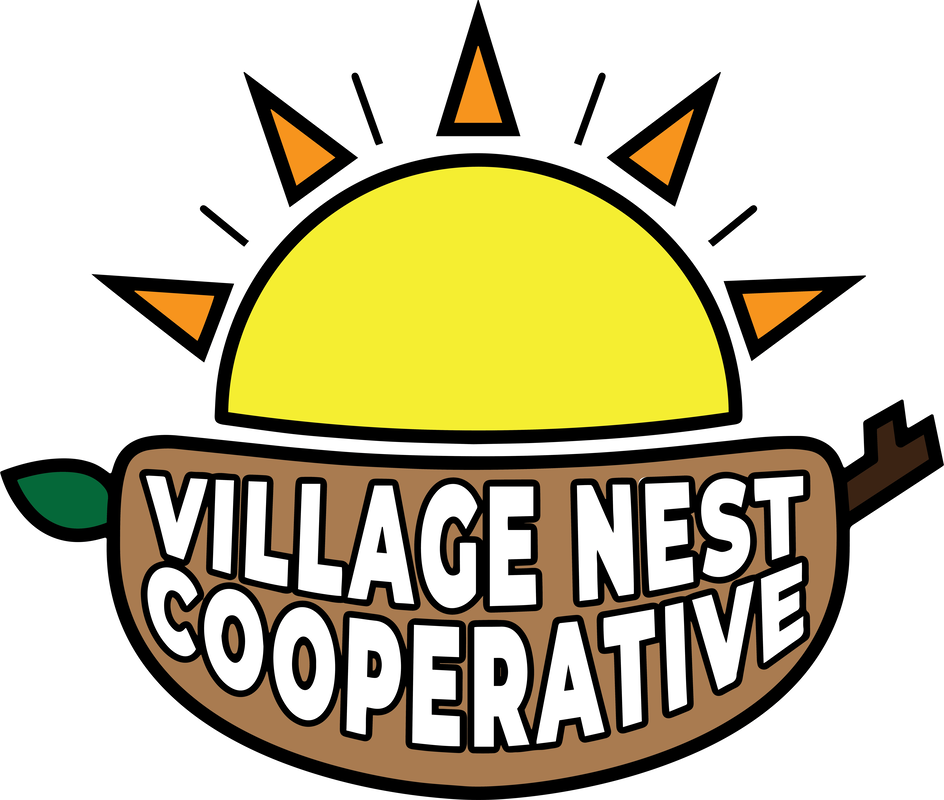|
1/11/2022 1 Comment How to Dress for Forest School!Written by Nora Happy MEd Edited by Jess Labbe BS, ECEd
The Way Life Should Be! |
AuthorJessica Labbe, BS in Early Childhood Education ArchivesCategories |
|
About
Philosophy Programs FAQs Contact Us Parent Login School Calendar |
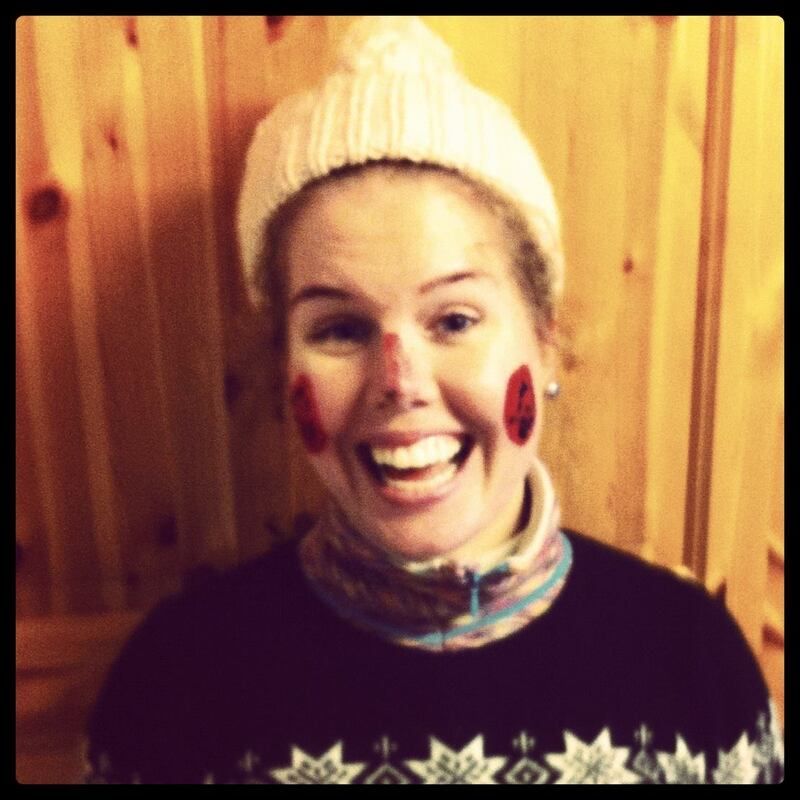
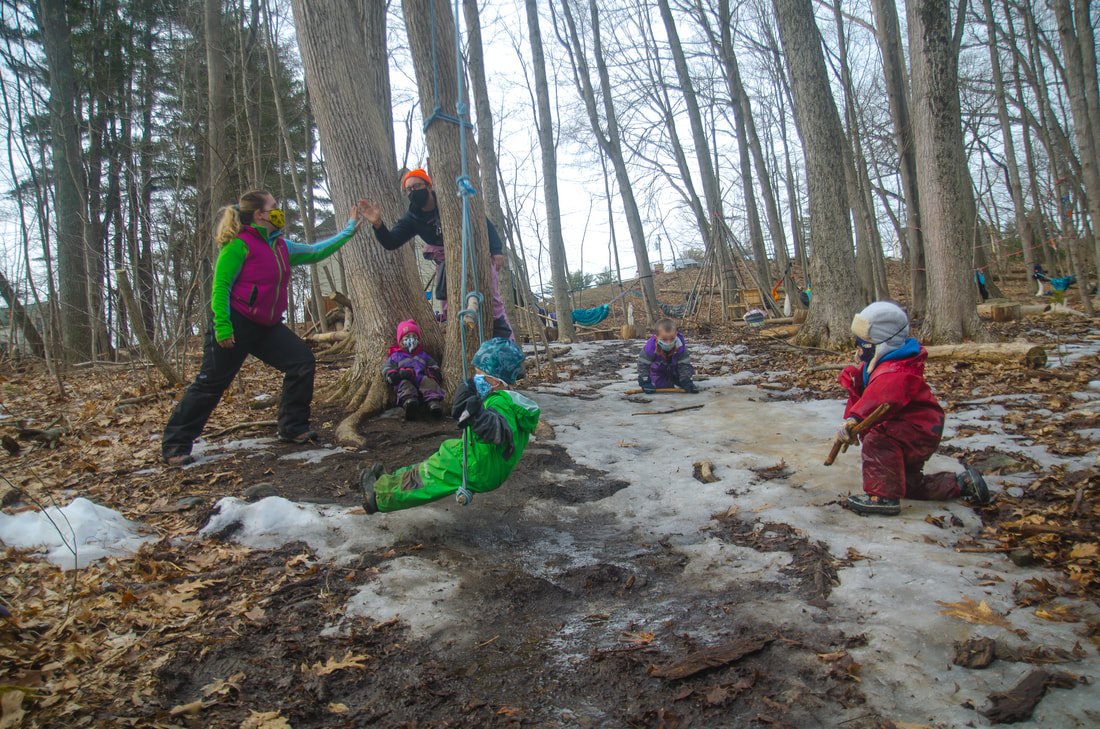
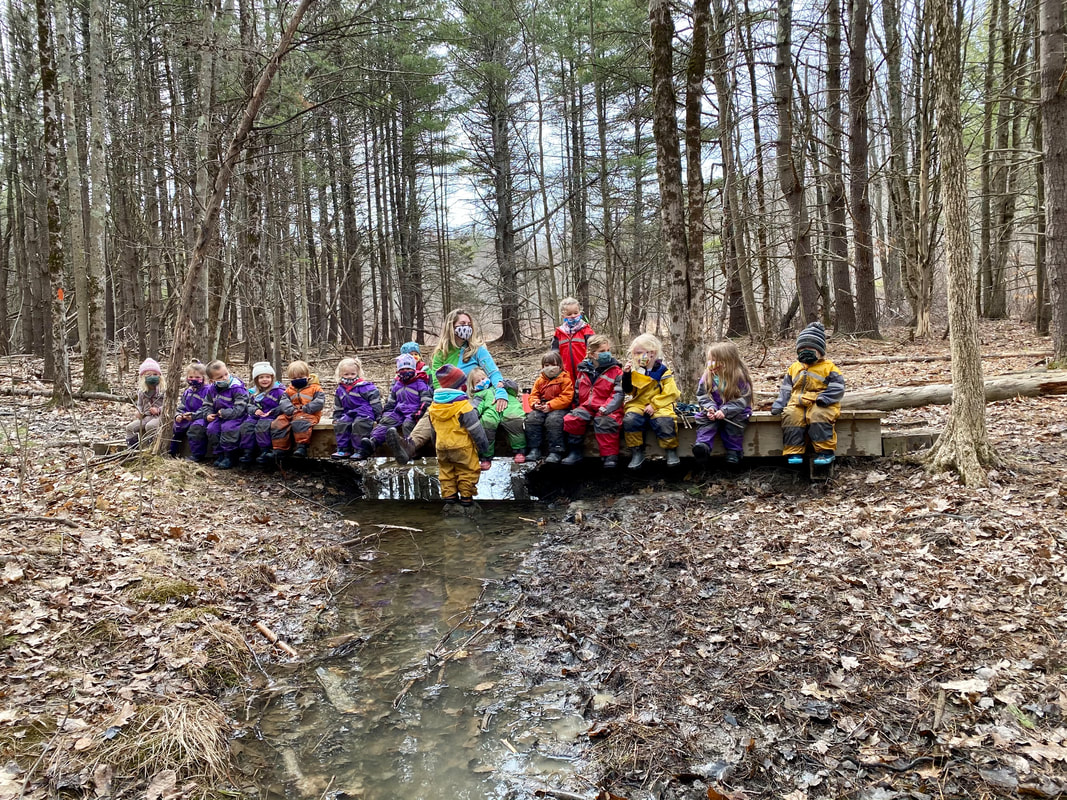
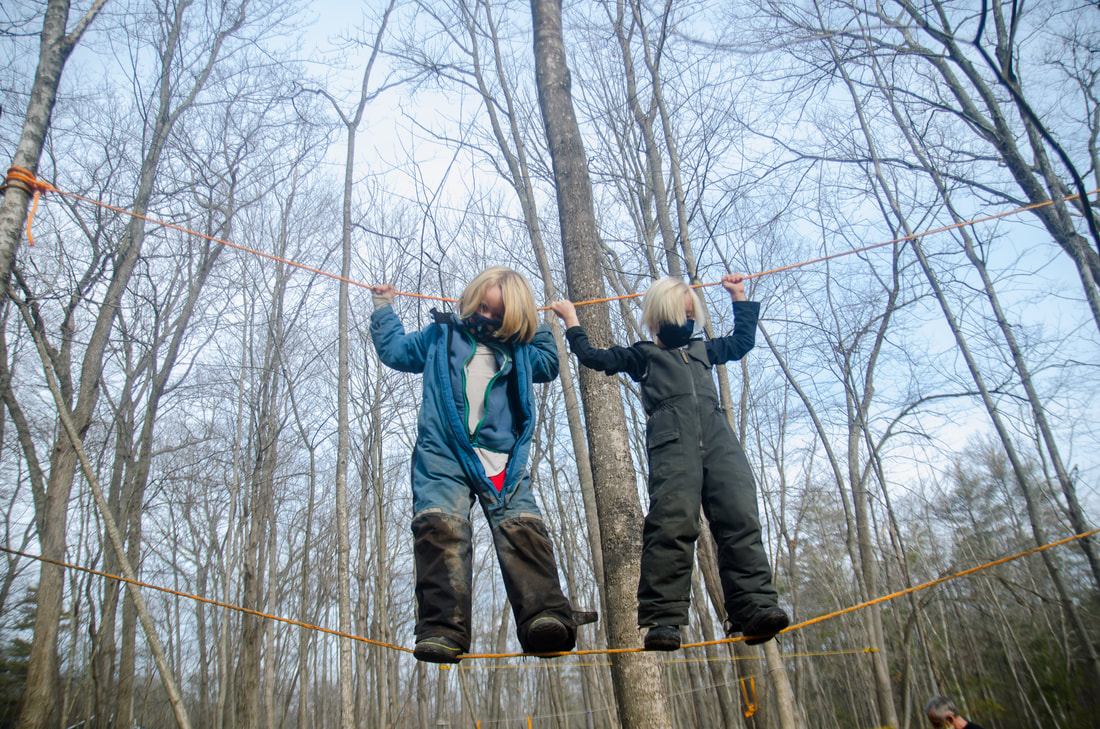
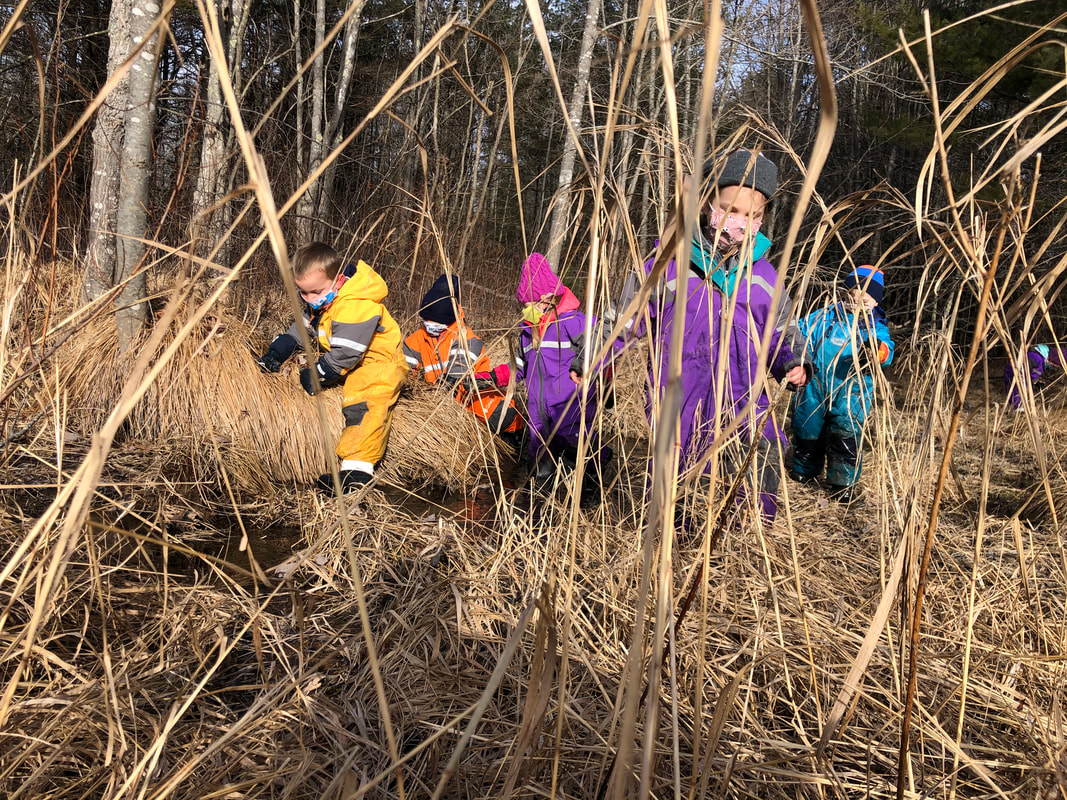

 RSS Feed
RSS Feed
